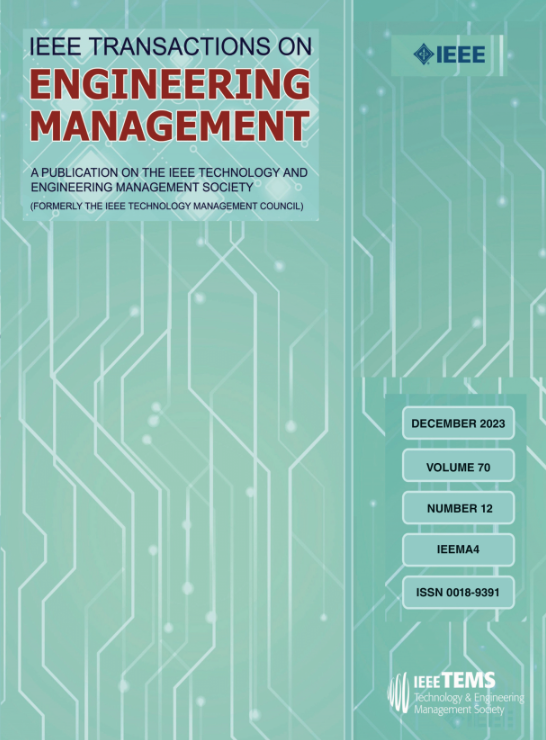Light Trumps Shadow? How Generative AI Agent’s Language Arousal Influences Users’ Interactive Willingness: Evidence From Multimodal Analysis
IF 5.2
3区 管理学
Q1 BUSINESS
引用次数: 0
Abstract
This study investigates how language arousal in generative AI systems influences users’ interaction willingness, examining the roles of social identity and visual atmosphere. Drawing on the limited capacity model of motivated mediated message processing (LC4MP) and social identity theory, we constructed a theoretical model integrating language arousal, social identity, visual atmosphere, and interaction willingness, and analyzed 8809 interactions from Character. AI using multimodal methods combining linguistic analysis and visual processing. Our findings reveal that high-arousal language significantly increases interaction willingness, with social identity mediating this relationship. Most notably, we discovered a “psychological defense-curiosity paradox”: shadow visual atmospheres, despite triggering initial defensive reactions, enhance engagement more effectively than light atmospheres, challenging conventional “brighter is better” design assumptions. This research advances theory by repositioning language arousal as a direct causal variable in AI interaction, extending cognitive processing models to human–AI contexts, and demonstrating how visual elements strategically modulate psychological responses. These insights provide valuable direction for developing emotionally intelligent AI systems that effectively balance linguistic stimulation and visual atmosphere to create more engaging human–AI experiences.光明胜过阴影?生成式AI智能体的语言唤醒如何影响用户的交互意愿:来自多模态分析的证据
本研究探讨了生成式人工智能系统中的语言唤醒如何影响用户的交互意愿,考察了社会身份和视觉氛围的作用。基于动机中介信息加工的有限容量模型(LC4MP)和社会认同理论,构建了语言唤起、社会认同、视觉氛围和互动意愿整合的理论模型,并分析了8809个角色互动。人工智能采用多模态方法,结合语言分析和视觉处理。我们的研究结果表明,高唤醒语言显著增加互动意愿,社会认同在这一关系中起中介作用。最值得注意的是,我们发现了一个“心理防御-好奇悖论”:阴影的视觉氛围,尽管引发了最初的防御反应,但比明亮的氛围更有效地增强了用户粘性,挑战了传统的“越亮越好”的设计假设。本研究通过将语言唤醒重新定位为人工智能交互中的直接因果变量,将认知处理模型扩展到人类-人工智能情境,并展示视觉元素如何战略性地调节心理反应,从而推进了理论的发展。这些见解为开发情商高的人工智能系统提供了有价值的方向,这些系统可以有效地平衡语言刺激和视觉氛围,创造更吸引人的人工智能体验。
本文章由计算机程序翻译,如有差异,请以英文原文为准。
求助全文
约1分钟内获得全文
求助全文
来源期刊

IEEE Transactions on Engineering Management
管理科学-工程:工业
CiteScore
10.30
自引率
19.00%
发文量
604
审稿时长
5.3 months
期刊介绍:
Management of technical functions such as research, development, and engineering in industry, government, university, and other settings. Emphasis is on studies carried on within an organization to help in decision making or policy formation for RD&E.
 求助内容:
求助内容: 应助结果提醒方式:
应助结果提醒方式:


